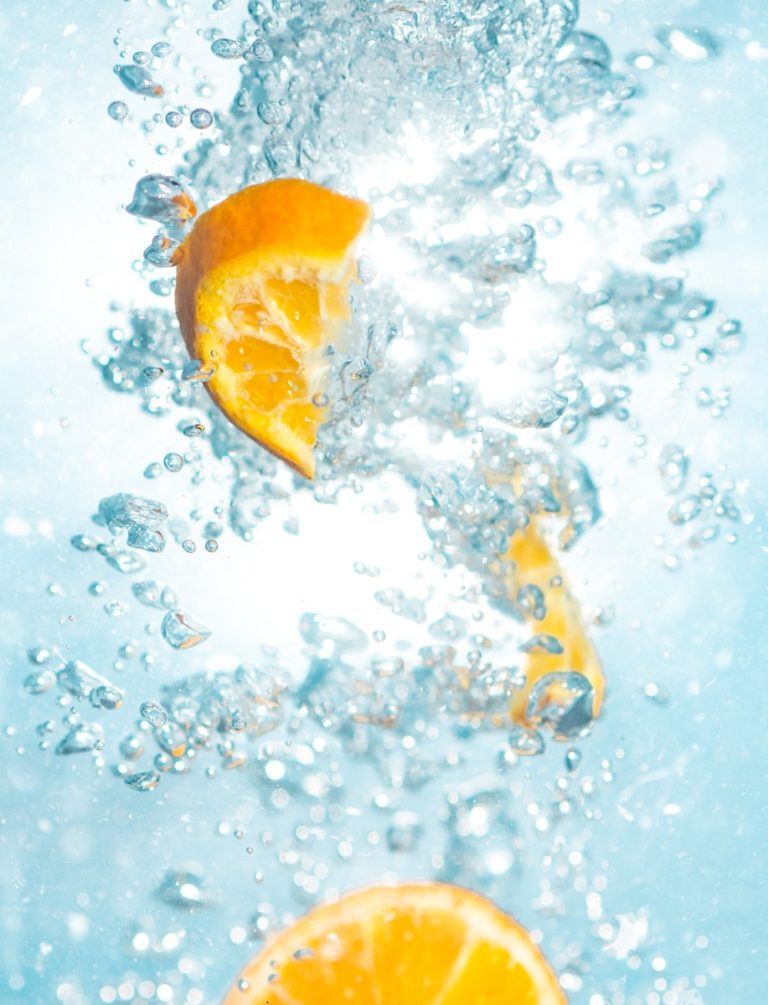Introduction
As health consciousness grows, consumers are increasingly focusing on the hygiene and cleanliness of their beverage containers. Antimicrobial and self-cleaning beverage containers are emerging trends in the market, each with unique advantages and potential limitations. This article will scientifically compare these two technologies and explore how they shape our hydration health and environmental awareness, with a special focus on the innovative solutions provided by Golmate, a leading custom drinkware expert.
1. The Principle and Application of Antimicrobial Technology
Antimicrobial technology inhibits bacterial growth by adding antimicrobial agents to materials, thereby reducing the risk of disease transmission. This technology is widely applied in beverage containers, from children’s cups to sports water bottles.
- Types and Mechanisms of Antimicrobial Materials
Antimicrobial materials are mainly divided into two categories: silver ions and nanotechnology. Silver ions are widely used for their strong antimicrobial properties, disrupting bacterial cell walls and DNA to inhibit bacterial growth. Nanotechnology enhances the antimicrobial performance of materials through nanoparticles, such as nanosilver particles that can more effectively penetrate bacterial cells.
- Environmental and Health Impacts of Antimicrobial Technology
While antimicrobial technology is effective in reducing bacteria, its long-term impact on the environment and human health remains controversial. The widespread use of silver ions may affect aquatic ecosystems, and long-term use of antimicrobial materials could disrupt the balance of the human microbiome. Studies indicate that silver ions can accumulate in the environment, affecting microbial diversity.
2. Advantages and Challenges of Self-Cleaning Functionality
Self-cleaning beverage containers reduce the adhesion of stains and bacteria through special coatings, simplifying the cleaning process. This technology has clear advantages in reducing the use of cleaning agents and maintaining hygiene.
- Working Principle and Application of Self-Cleaning Technology
Self-cleaning technology is mainly based on two principles: the lotus effect and photocatalytic coatings. The lotus effect mimics the surface structure of lotus leaves, allowing water droplets to carry away dust and dirt; photocatalytic coatings use light energy to break down organic matter, reducing stains and bacteria. These technologies have been widely applied in kitchenware and personal care products, such as non-stick pans and self-cleaning glass.
- Environmental Friendliness and Challenges of Self-Cleaning Technology
Compared to antimicrobial technology, self-cleaning technology has more environmental advantages and less impact on the environment due to the reduced use of chemical cleaning agents. However, the durability and cost-effectiveness of self-cleaning coatings remain challenges. The wear of coatings may lead to a decline in self-cleaning performance, and high production costs also limit their popularity in the market.
3. Health Impact Analysis
Both antimicrobial and self-cleaning beverage containers can reduce bacteria and stains, but their health impacts differ. Antimicrobial technology may have environmental impacts, while self-cleaning functionality focuses more on reducing chemical pollution during cleaning.
- Balancing Environmental Impact and Human Health
The environmental impact of antimicrobial technology requires further research, while self-cleaning technology is considered more environmentally friendly due to its reduced use of chemical cleaning agents. In terms of human health, self-cleaning technology reduces chemical residues and may be safer for human health. However, consumers should consider their personal health needs and environmental preferences when making choices.
- Consumer Preferences and Market Dynamics
*Search volume data provided by SEMRUSH
Consumer acceptance of these two technologies varies, with some people preferring antimicrobial containers for hygiene and others preferring self-cleaning functionality to reduce the use of cleaning agents. Market trends show that self-cleaning beverage containers are becoming more popular as environmental awareness increases. Surveys indicate that more and more consumers consider the environmental characteristics and long-term sustainability of products when purchasing beverage containers. Golmate‘s annual design of over 30 pieces of personalized drinkware and tableware caters to this diverse market, offering customers a wide range of options to suit their preferences.
Customization – Golmate Enterprise Ltd
Conclusion
Antimicrobial and self-cleaning beverage containers each have their advantages and contribute to enhancing hydration health. Golmate, with their innovative solutions and commitment to quality, stands out as a leader in the custom drinkware industry. Consumers should choose beverage containers based on their needs and preferences. With the advancement of technology, we look forward to the emergence of more innovative technologies to meet the dual needs of health and environmental protection. For those interested in exploring high-quality, innovative drinkware products, Golmate offers a wide range of options. Visit their official website at Custom Drinkware Expert | Golmate to discover more.



0 Comments